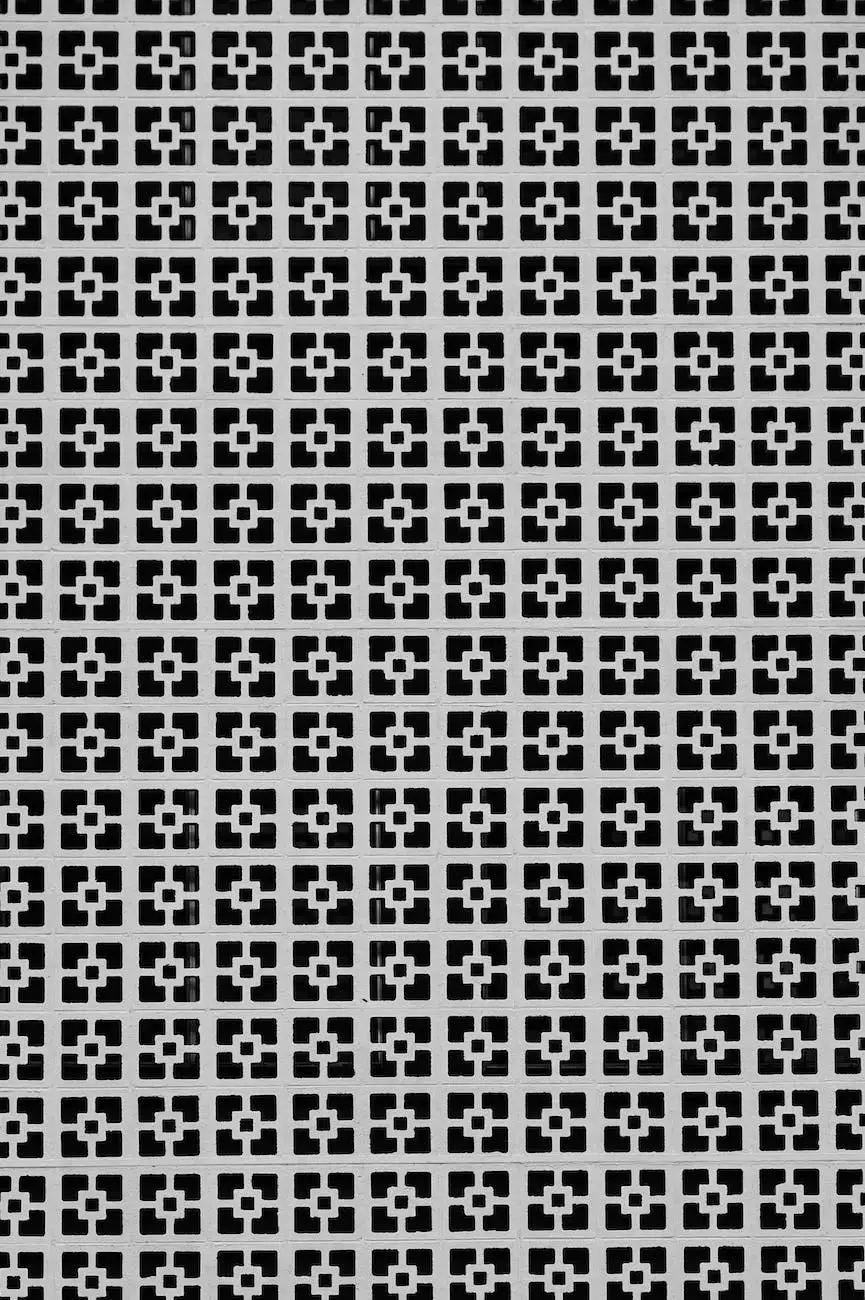How to Compress Images for the Web
SEO
Welcome to Sost Media, your go-to resource for all things related to digital marketing in the business and consumer services industry. In this comprehensive guide, we will walk you through the process of compressing images for the web, providing you with expert insights, techniques, and tools to optimize your website performance and improve user experience.
The Importance of Image Compression
Images are an essential aspect of any website, adding visual appeal and enhancing user engagement. However, large image file sizes can significantly slow down your website, leading to longer loading times and frustrate your visitors. This is where image compression comes into play.
Compressing images reduces their file size while maintaining visual quality, allowing your web pages to load faster and improving overall site performance. By implementing effective image compression techniques, you can strike a balance between visual appeal and optimal website speed.
Image Compression Techniques
There are several image compression techniques and tools available to help you reduce file sizes without sacrificing image quality. Let's explore some of the most effective approaches:
1. Lossless Compression
Lossless compression techniques reduce file size without compromising image quality. This method is ideal for images with a limited color palette, such as logos, icons, and illustrations. Lossless compression algorithms preserve every detail, ensuring that the image looks exactly the same after compression.
2. Lossy Compression
Lossy compression, on the other hand, selectively discards less essential information from the image to achieve further file size reduction. This technique is suitable for images with high colors and complex details, such as photographs. While there may be a slight loss in image quality, it's often unnoticeable to the human eye and allows for significant file size reduction.
3. Responsive Images
Responsive images adapt to different screen sizes and resolutions, delivering the most suitable version for each device. By implementing responsive design and serving appropriately sized images based on the user's device, you can significantly reduce bandwidth usage and improve website loading times.
4. Image Formats
The choice of image format can also impact file size and quality. JPEG is commonly used for photographs, while PNG is ideal for images with transparency or a lower color palette. Additionally, emerging formats like WebP offer advanced compression capabilities, providing smaller file sizes with minimal loss in quality.
Image Compression Tools
When it comes to compressing images for the web, there are numerous tools available to simplify the process. Here are some popular ones:
1. Sost Media Image Optimizer
At Sost Media, we have developed our own image optimizer tool, specifically designed to help businesses improve website performance. This tool combines both lossless and lossy compression techniques, as well as other optimization features, to deliver outstanding results and accelerate your website speed.
2. Adobe Photoshop
Adobe Photoshop is a widely used image editing software that also offers image compression capabilities. It allows you to adjust the image quality, dimensions, and format to reduce file size effectively. With Photoshop, you can strike the right balance between image optimization and visual appeal.
3. TinyPNG
TinyPNG is an online tool that specializes in compressing PNG files. It utilizes smart lossy compression techniques to reduce file size while preserving transparency and detail. TinyPNG is user-friendly and provides excellent results for website owners looking to optimize their PNG images.
4. Kraken.io
Kraken.io is a powerful image optimization tool that supports both lossless and lossy compression. It offers advanced features like image resizing, optimization for responsive design, and API integration. With Kraken.io, you can automate and streamline your image compression workflow.
Best Practices for Image Compression
Now that you have a good understanding of image compression techniques and the available tools, let's explore some best practices to ensure the most effective image compression:
1. Find the Right Balance
When compressing images, it's crucial to find the right balance between file size reduction and visual quality. Test different compression levels and choose the optimal setting that maintains the desired visual appeal while achieving significant file size reduction.
2. Optimize Image Dimensions
Ensure that your images are appropriately sized for each usage scenario. Avoid uploading large, high-resolution images and then scaling them down using CSS. By resizing images to their intended display dimensions, you can reduce file size and enhance overall website performance.
3. Leverage Browser Caching
Configure your website to leverage browser caching, allowing visitors' browsers to store compressed versions of your images. This reduces the need to download the same image repeatedly, improving subsequent page loads and overall user experience.
4. Regularly Monitor and Update
Image compression is not a one-time task but an ongoing process. Regularly monitor your website's image performance, revisit older images, and re-compress them using improved techniques and tools. This will ensure that your website remains optimized and maintains optimal loading times.
Conclusion
Compressing images for the web is an essential aspect of optimizing website performance and enhancing user experience. By implementing effective image compression techniques and utilizing the right tools, you can significantly reduce file sizes while maintaining visual quality. At Sost Media, we specialize in technical SEO, including image compression and overall website optimization. Contact us now to learn more about how we can help improve your digital presence!










